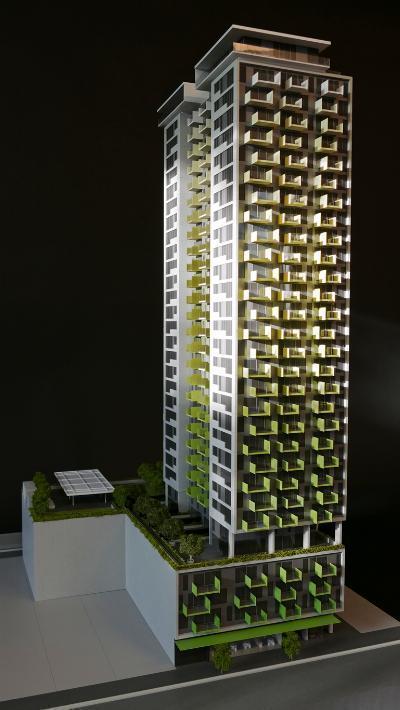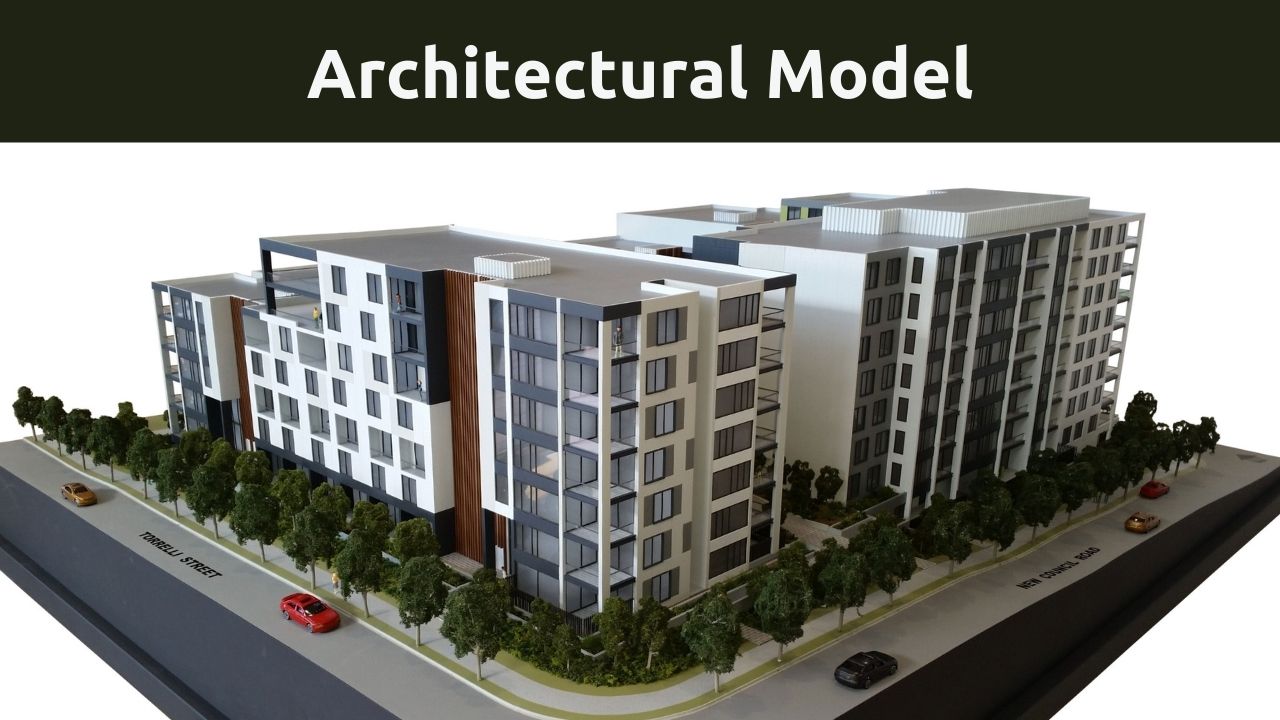 Tiered Link Strategy – Multiply Your SEO Impact Today!
Tiered Link Strategy – Multiply Your SEO Impact Today!
From Blueprint to Model: Crafting Industrial Models of Factories and Equipment
Written by Shree Creators » Updated on: June 17th, 2025

Industrial models play a crucial role in modern manufacturing processes, helping businesses visualize and refine complex factory layouts and equipment designs before construction begins. From Blueprint to Model: Crafting Industrial Models of Factories and Equipment is a journey that requires meticulous attention to detail, the right tools, and an understanding of blueprints.
industrial model, factory model, warehouse model,
The Importance of Industrial Models in Modern Manufacturing
Industrial models serve as tangible representations of complex manufacturing systems. They allow stakeholders to explore potential design flaws, evaluate equipment placement, and enhance operational efficiency before committing to costly production or installation. These models are not just for visualization — they’re invaluable for prototyping, safety training, and educating personnel on factory layouts.
Understanding Blueprints: The Foundation of Every Model
Before any model can be created, a solid blueprint is essential. Blueprints lay the foundation for accuracy in the model-making process, providing detailed information about every aspect of the factory or equipment being designed.
Key Elements of an Industrial Blueprint
Industrial blueprints contain several key elements, such as dimensions, equipment placements, and scale indicators. These blueprints must be interpreted with precision, as any error in reading them can result in costly mistakes later in the modeling or actual construction phase.
Interpreting Factory Layouts and Equipment Diagrams
Factory models blueprints also provide insights into equipment layouts, production lines, and safety zones. These diagrams help model makers ensure that each component is represented accurately in the scale model, reflecting the operational flow of the actual factory.
Materials and Tools for Crafting Industrial Models
Choosing the right materials and tools is essential for crafting accurate and durable industrial models. This process requires a mix of traditional craftsmanship and modern technology.
Selecting the Right Materials for Accuracy
Materials such as foam board, plastic, and even wood are commonly used depending on the desired durability and accuracy. For detailed equipment models, more durable materials like resin or metals may be preferred.
Essential Tools for Precision in Model Making
Craft knives, rulers, cutting mats, and digital tools such as 3D printers are indispensable for creating intricate and precise industrial models. The use of these tools allows for high levels of accuracy that are critical for replicating the exact dimensions and features of factory layouts and machinery.
Step-by-Step Guide to Creating Industrial Models
The process of crafting an industrial model involves a series of well-planned steps. These include blueprint analysis, material selection, structural assembly, and finishing touches.
Planning and Preparing the Blueprint
Before the actual building begins, the blueprint must be carefully studied. Measurements are verified, and any inconsistencies are addressed to ensure the model accurately reflects the original design.
Building the Base and Core Structure
The base structure, often made from foam or wood, provides the foundation of the model. It must be stable and precise to support the more detailed elements that will be added later.
Incorporating Complex Equipment Details
Next comes the inclusion of equipment and machinery. These components often require advanced modeling techniques, including 3D printing or laser cutting, to capture the intricate details of industrial machines.
Adding Finishing Touches: Paint, Texture, and Labels
The final stage in model crafting involves adding realistic textures, paint, and labeling to mimic the real-life appearance of the factory or equipment. These touches not only enhance the visual appeal of the model but also provide valuable information for stakeholders.
Common Challenges in Industrial Model Making and How to Overcome Them
Model making is not without its challenges. From blueprint misinterpretations to material inconsistencies, many issues can arise during the process.
The Role of Technology in Modern Model Making: 3D Printing and More
In recent years, technology has revolutionized the way industrial models are crafted. 3D printing, in particular, has allowed for faster, more accurate production of detailed components.
How 3D Printing Enhances Accuracy and Efficiency
3D printing offers unparalleled precision, especially when creating small, intricate parts of industrial equipment. This technology can reproduce even the most complex designs in a fraction of the time it would take using traditional methods.
The Integration of CAD Software in Industrial Model Design
Computer-Aided Design (CAD) software is another powerful tool in modern model-making. It allows for precise measurements and detailed designs, which can be directly translated into physical models through 3D printing or CNC machining.
Practical Applications of Industrial Models in Manufacturing
Industrial models are more than just visual aids; they play a critical role in several practical applications within the manufacturing sector.
Prototyping New Factory Designs and Equipment
Before any factory is built or new equipment is installed, prototypes must be created. These models help engineers and designers test and refine their concepts.
Training and Safety Simulations Using Models
Another key application of industrial models is in safety training. Models provide a hands-on way for workers to familiarize themselves with factory layouts and emergency procedures without the risk of real-world accidents.
The Future of Industrial Model Making
The future of industrial model making is closely tied to advances in technology. As tools like 3D printing, augmented reality, and AI continue to evolve, the accuracy and efficiency of industrial models will only improve.
Emerging Trends and Technological Innovations
Virtual reality, AI-based simulation, and real-time digital twins are emerging technologies that could further revolutionize how industrial models are designed and used in the future.
FAQs on Crafting Industrial Models
What materials are commonly used for industrial models?
Common materials include foam, plastic, resin, and metals, depending on the level of detail and durability required.
How long does it take to create a detailed industrial model?
The time varies depending on the complexity of the model, but it can take anywhere from several days to a few weeks.
How does 3D printing impact traditional model-making methods?
3D printing enhances accuracy and reduces production time, making it a valuable addition to traditional methods.
What is the cost of crafting an industrial model?
Costs can vary significantly depending on size, complexity, and materials, ranging from a few hundred to several thousand dollars.
How are industrial models used in factory planning?
They help visualize layouts, test equipment placement, and ensure operational efficiency before construction.
Can I learn industrial model making without formal education?
Yes, many model makers are self-taught, although formal training in design or engineering can be beneficial.
Shree Creators, based in India, specializes in creating highly detailed and accurate industrial models for factories and equipment. With expertise in 3D printing, CAD software, and precision craftsmanship, Shree Creators delivers customized models that help businesses visualize and optimize their manufacturing processes. Whether for prototyping, factory planning, or training, their models are designed to meet the specific needs of the industrial sector.
Note: IndiBlogHub features both user-submitted and editorial content. We do not verify third-party contributions. Read our Disclaimer and Privacy Policyfor details.
Copyright © 2019-2025 IndiBlogHub.com. All rights reserved. Hosted on DigitalOcean for fast, reliable performance.










